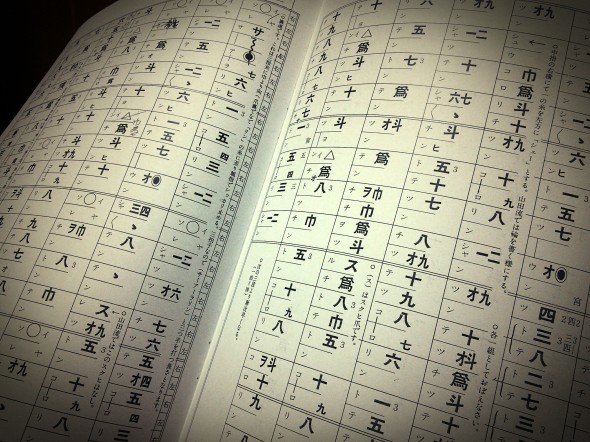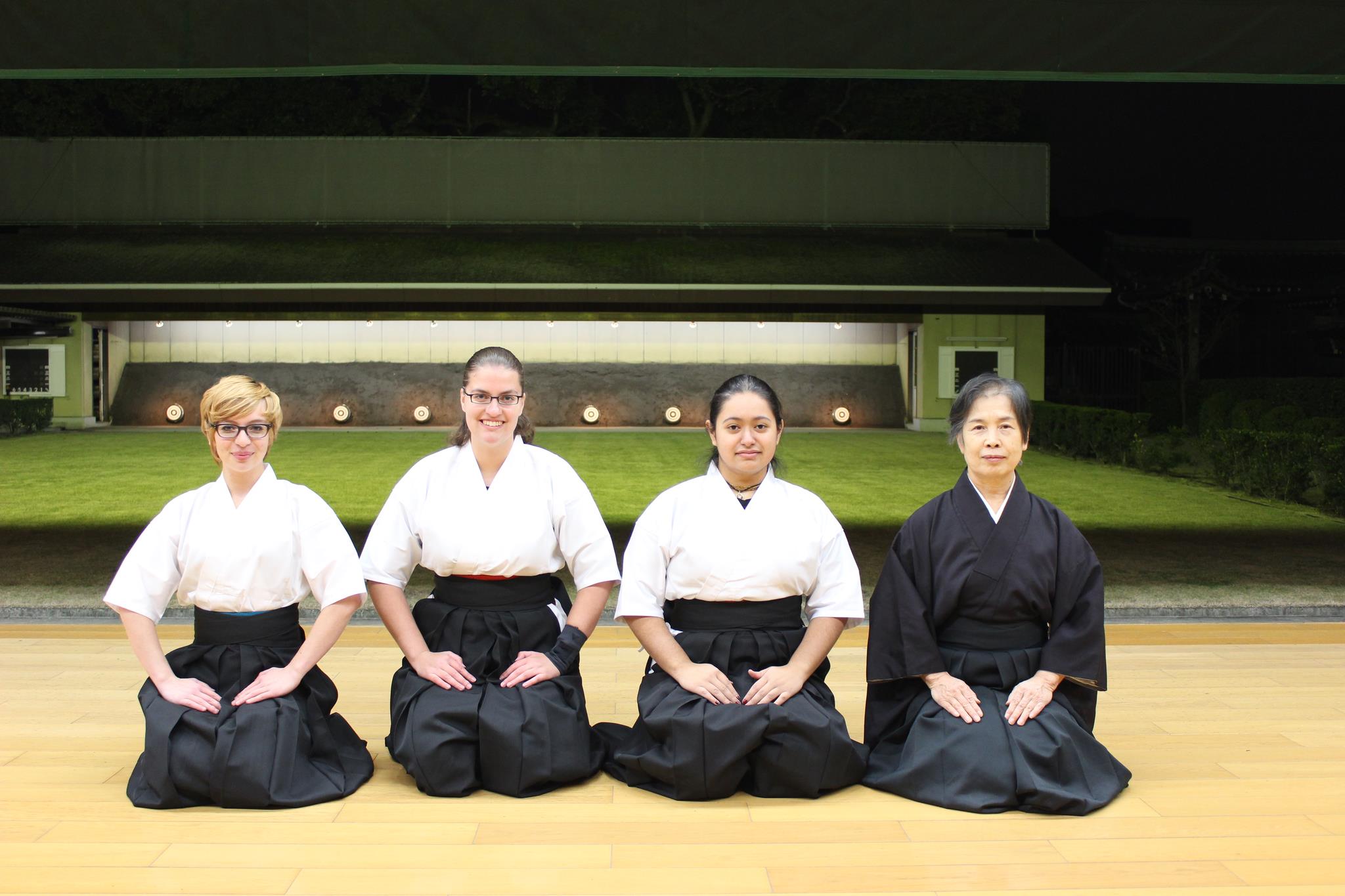Volunteering for helping with English education at Kamigyo Middle School has been good. This volunteer position requires me to help two pupils who are preparing for the English speaking contest. Mostly, my task is to correct them on pronunciations and evaluate the way they give their speech. I decided to give this volunteer a try, because I wanted to place myself in a position where I get to see non-native speakers of English working hard to polish their English. From this experience, it is clear how difficult English language is for the Japanese students. When a student struggles to pronounce the simple word such as “born,” it reminds me how I struggle with using simple words in Japanese. In the same sense, KCJS students also find learning Japanese difficult as well. Foreign language study is a huge challenge that a student takes, and ever since I started learning my first foreign language, I always wondered how to successfully learn a language.
One thing I have learned from the CIP experience is that speaking in foreign language is an uncomfortable task that is usually not approached through the students’ interest. Mimicry is my hobby; thus by doing so, I try to keep my foreign language study to be as amusing as possible. However, I feel that the students I am in charge of at the Kamigyo Middle School practice their speech for the mere speech contest. One of my students said that he does not like one of his stories he has to recite by memory. I feel that foreign language must be accompanied with the students’ interest that serves as the incentive for the study of that language.


